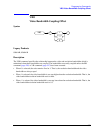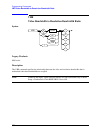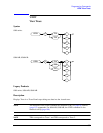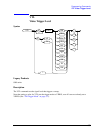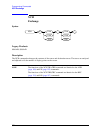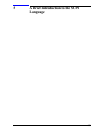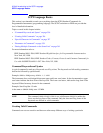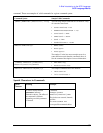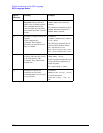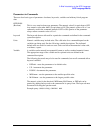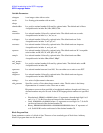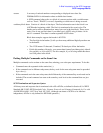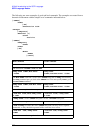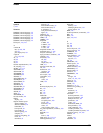
356
A Brief Introduction to the SCPI Language
SCPI Language Basics
SCPI Language Basics
This section is not intended to teach you everything about the SCPI (Standard Commands for
Programmable Instruments) programming language. The SCPI Consortium or IEEE can provide that
level of detailed information.
Topics covered in this chapter include:
• “Command Keywords and Syntax” on page 356
• “Creating Valid Commands” on page 356
• “Special Characters in Commands” on page 357
• “Parameters in Commands” on page 359
• “Putting Multiple Commands on the Same Line” on page 361
For more information refer to:
IEEE Standard 488.1-2004, IEEE Standard Digital Interface for Programmable Instrumentation.
New York, NY, 1998.
IEEE Standard 488.2-2004, IEEE Standard Codes, Formats, Protocols and Comment Commands for
Use with ANSI/IEEE Std488.1-1987. New York, NY, 1998.
Command Keywords and Syntax
A typical command is made up of keywords set off by colons. The keywords are followed by parameters
that can be followed by optional units.
Example: SENSe:FREQuency:STARt 1.5 MHZ
The instrument does not distinguish between upper and lower case letters. In the documentation, upper
case letters indicate the short form of the keyword. The lower case letters, indicate the long form of the
keyword. Either form may be used in the command.
Example: Sens:Freq:Star 1.5 mhz
is the same as SENSE:FREQ:start 1.5 MHz
NOTE The command SENS:FREQU:STAR is not valid because FREQU is neither the
short, nor the long form of the command. Only the short and long forms of the
keywords are allowed in valid commands.
Creating Valid Commands
Commands are not case sensitive and there are often many different ways of writing a particular




